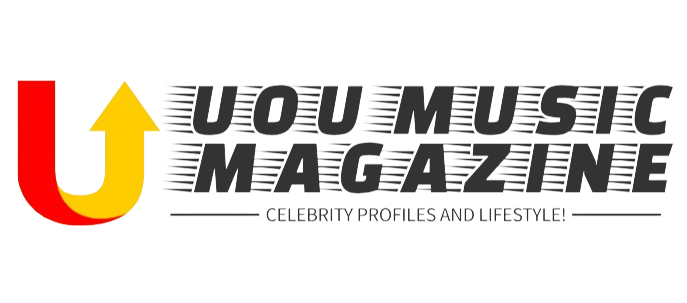Office painting can refresh and energize a workspace, enhancing its appeal and creating a positive environment. However, managing the process smoothly is essential to avoid major disruptions that could impact productivity.
Here are some practical tips to keep your office painting project organized, efficient, and minimally disruptive to daily work.
1. Plan Ahead for the Painting Project
Effective planning is crucial for a successful office painting project. Begin by outlining the work scope, areas to be painted, and a suitable timeline that minimizes disruption, such as weekends or slow periods. Set realistic deadlines with contractors to prevent delays and communicate the schedule clearly to all staff.
Consider phasing the project to limit disruptions to specific areas for larger spaces. Also, choose appropriate paint types, like low-odor or quick-drying options, to reduce fumes and drying time, ensuring minimal inconvenience for employees.
2. Opt for Non-Working Hours or Flexible Schedules
To minimize disruption, schedule painting during off-hours or weekends. Many commercial painters offer these services, reducing interference with office activities and keeping employees away from paint fumes and noise. For 24/7 operations like customer service, consider remote work or temporary spaces.
Flexible options, such as allowing staff to work from home or adjust shifts, can help maintain productivity during the project. Ensure remote resources are available and keep communication clear to keep everyone informed.
3. Coordinate with the Painting Contractor
A professional commercial painting company will have experience in minimizing disruptions. Discuss your concerns with them, as they may have additional strategies for keeping your workplace functional during the project.
It’s also helpful to have a point of contact within your team who can communicate directly with the painting contractor. This person can provide updates, answer questions, and quickly address any concerns that arise.
Clear communication between your team and the contractor helps ensure that everyone is aligned on expectations, timing, and procedures.
4. Organize and Protect Office Furniture and Equipment
Before painting, protect office furniture and equipment. Move or cover desks, chairs, and electronics to avoid paint splashes. Use plastic sheets or cloths to safeguard valuable items from spills and dust.
If possible, clear out items in the painting areas. For larger equipment like copiers, ensure they are covered. Relocating furniture allows painters to work more efficiently and reduces cleanup time afterward.
5. Ensure Proper Ventilation
Paint fumes can be a significant distraction in the office and pose health concerns if not managed properly. Opt for paints with low volatile organic compounds (VOCs), as these emit fewer odors and chemicals.
Additionally, ensure that the office has adequate ventilation while the painting is underway. Open windows, use fans and turn on ventilation systems to disperse fumes and improve air circulation.
Some offices may also use air purifiers or invest in temporary barriers to contain odors in specific areas. Proper ventilation keeps the space comfortable for employees and speeds up the drying process, allowing the office to return to normal more quickly.
6. Keep Employees Updated and Engaged
Keeping employees informed about the painting process is vital for minimizing frustration. Regular updates on progress, especially regarding changes to the timeline, are essential. A clear communication plan using emails, meetings, or notices helps staff feel engaged.
If possible, involve employees in decisions like paint colors or scheduling. When included, they tend to be more understanding during the process. Positive communication can transform the painting project into an exciting change rather than a disruption.
7. Emphasize Cleanliness and Safety
Painting can bring about some mess, but a clean work environment is essential for minimizing distractions and maintaining morale. Work with your painting contractor to ensure they follow a cleanup routine, keeping dust and debris to a minimum.
Ensure that walkways remain clear, and place warning signs around any wet paint areas to prevent accidental contact.
Additionally, maintaining safety protocols is essential if the office is partially occupied during the painting. A contractor with a strong focus on cleanliness and safety will ensure that the workspace remains functional and safe for employees.
Conclusion
An office painting project can be an opportunity to refresh and enhance your workspace, but managing it effectively is key to minimizing disruptions.
With proper planning, coordination, and communication, you can ensure that the painting project enhances your office environment with minimal impact on productivity.
By following these practical tips, your office can experience a smooth transition to a new look without major interruptions to daily operations.
At Premier Painting Pros, we understand the importance of a seamless, disruption-free painting experience for your office.
Our team of professional painters is trained to work efficiently, respect your schedule, and prioritize your team’s comfort and productivity.
With a focus on high-quality finishes, minimal odors, and meticulous cleanliness, we make it our mission to transform your workspace without compromising your business operations.
Contact us today to discuss your project, schedule a consultation, and discover how we can make your office painting experience smooth, efficient, and tailored to your needs.

